Coffee Cuts Biliary Duct Risk
ORLANDO -- Coffee consumption helped protect against the autoimmune liver disease known as primary sclerosing cholangitis (PSC), a disorder of the bile ducts that causes inflammation and obstruction and that can lead to transplantation or death, a researcher said here.The risk of developing PSC was almost cut in half in individuals who were current coffee drinkers compared with those who never drank coffee (OR 0.56, 95% CI 0.38-0.84), reported Craig Lammert, MD, of the Mayo Clinic in Rochester, Minn., and colleagues.
"Coffee has been shown to be associated with total and cause-specific mortality, with decreases of 10% and 13% for men and women, respectively, among those who drank two to three cups per day. It has also been shown to improve outcomes for liver disorders including hepatocellular carcinoma," Lammert said at Digestive Disease Week.
Primary sclerosing cholangitis and a related autoimmune liver disorder, primary biliary cirrhosis (PBC) are both characterized by biliary cirrhosis and cholestasis, but differ in autoantigens and accompanying disorders such as ulcerative colitis.
However, both result from complex interactions between genes and the environment, Lammert said.
Despite the recognized benefits of coffee on chronic liver disease, a detailed evaluation of effects in PSC and PBC has been lacking.
So Lammert and colleagues analyzed data from the Mayo Clinic's large cohorts of these patients, which included 724 individuals with PBC and 619 with PSC. They also recruited 652 controls without liver involvement for a case-control study.
Current consumption of coffee was similar for the PBC group and controls, with 77% in each group, compared with 67% of the PSC group, which was a statistically significant difference (P<0.05).
Similarly, 24% of the PSC group were not and had never been coffee drinkers, compared with 16% of both PBC and control groups (P<0.05).
The number of cups of coffee consumed each month was lower in PSC patients, who averaged about 47 cups, while PBC cases and controls drank 67 cups per month (P<0.05).
On a multivariate analysis with adjustment for age, sex, and smoking, the odds ratios for the percentage of life spent drinking coffee was reduced (0.90, 95% CI 0.86 to 0.96, P<0.05) as was the likelihood for fewer cups per month (OR 0.93, 95% CI 0.89 to 0.96, P<0.05).
"This supports coffee as one potentially modifiable, dose-dependent risk factor that could reduce the risk of PSC but not PBC. The diseases are similar but have many genetic, clinical, and biological differences," Lammert explained.
"Further understanding of the gene-environment interactions in these diseases could help reveal the underlying pathogenesis," he added.
There are a number of proposals that attempt to explain the effects of coffee in these conditions, including the presence of compounds known as dipterenes, Lammert said.
"These compounds mitigate a lot of downstream biologic effects, which include anti-angiogenesis and self-proliferation, and ultimately fibrosis progression as has been seen in a mouse model. We think these dipterenes may be mitigating these effects," he said in an interview with MedPage Today.
These data need to be replicated in independent cohorts, and longitudinal studies will be needed to further examine effects on disease progression and outcomes, he concluded.














 New Year’s Day in the gondola-laden city of Venice brought with it a vicious attack of a young America Yeshiva student by 15 Arab youths.
New Year’s Day in the gondola-laden city of Venice brought with it a vicious attack of a young America Yeshiva student by 15 Arab youths. Scott Brown watched a traditional drum ritual of the Pequot tribe Nashua, N.H., Thursday evening. (AP)
Scott Brown watched a traditional drum ritual of the Pequot tribe Nashua, N.H., Thursday evening. (AP)